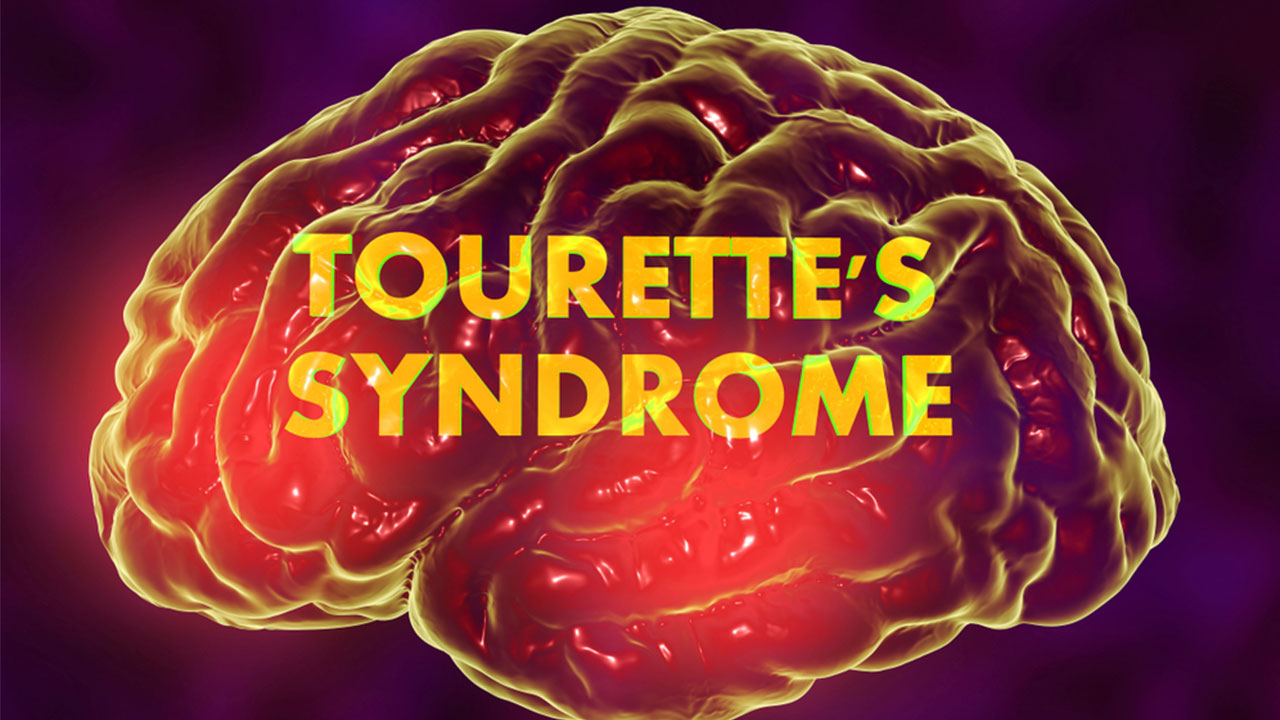Living with OCD: What It Is and How to Help
 By: by Amino Science
By: by Amino Science

If you’ve ever been particularly persnickety about something—say, the way you fold your clothes or arrange items on your countertop—you may have offhandedly remarked you were “OCD.” And while it’s true that most people have obsessive thoughts and compulsive behaviors at some point in their lives, most of us don’t truly have OCD, or obsessive-compulsive disorder. However, if you or someone you care about is having recurring, unwanted thoughts or behaviors to the point that they’re beginning to wreak havoc on your daily life, you could be living with OCD.
We invite you to come with us as we discuss this potentially disabling mental health disorder and what you can do to find relief.
What Is OCD?
OCD is a common disorder that affects children, teenagers, and adults all over the world. According to the 2005 National Comorbidity Survey-Replication study, approximately 2.2 million American adults have OCD. And according to the American Academy of Child and Adolescent Psychiatry, the condition is seen in as many as 1 in 200 children and adolescents. Moreover, the World Health Organization (WHO) ranks OCD in the top 10 of the most disabling illnesses based on lost income and decreased quality of life.
A person with OCD experiences unwanted, intrusive thoughts, images, or urges that lead to such anxiety they feel compelled to engage in repetitive, often ritualistic behaviors in an attempt to decrease their level of distress. If you remember the television series Monk, you probably recall that the lead character was so consumed by his symptoms of OCD that he was all but crippled by them.
It’s this sometimes disabling effect of OCD that makes people who actually have the disorder feel angry or diminished when the public at large tosses the term “OCD” around in casual conversation.
Yes, some people do indeed have obsessive or compulsive personality traits, but rearranging your coffee table so it looks just so and “obsessing” about a song in no way reflect what living with OCD is actually like. For the actual psychological disorder to be present, these thoughts and actions have to consume a lot of time and get in the way of normal daily life.
Risk Factors for OCD
Although the exact cause of OCD remains unknown, people with the illness do appear to have certain genetic and environmental factors in common. For example, people with close family members with the condition are at higher risk of developing OCD, especially if the first-degree relative developed OCD as a child or teenager. Those who’ve undergone childhood trauma or abuse are also at an increased risk of developing OCD.
In addition, imaging studies have shown that people with OCD have differences in certain brain structures, including the frontal cortex and subcortical structures, and imbalances in the neurotransmitter glutamate have also been noted.
Symptoms of OCD
OCD symptoms can be as varied as the individual who has them. However, there are certain types of obsessions and compulsions commonly seen with the disorder. For example, you may be experiencing symptoms of OCD if you regularly obsess about any of the following.
- Germs and contamination
- Contracting disease
- Perfectionism
- Losing control
- Causing harm
- Religion and morality
- Violent or taboo sexual thoughts
Similarly, you may have OCD if you feel compelled to regularly perform any of the following behaviors to reduce feelings of anxiety.
- Washing parts of the body or cleaning excessively
- Checking and rechecking things
- Repeating body movements or actions
- Counting while performing tasks
- Rearranging items until they “feel right”
Remember, everyone experiences obsessive thoughts and compulsions on occasion, but people with OCD generally can’t control these thoughts and actions and spend at least 1 hour each day consumed by them. Most people also derive a sense of pleasure from occasional obsessive thoughts and actions, but people with OCD have the exact opposite reaction and feel negatively impacted in their day-to-day lives.
In addition, some people with OCD may experience sudden, repetitive motor movements or vocalizations. These tics may involve blinking, grimacing, shrugging, throat clearing, or sniffing.
Living with OCD
Treatment of OCD can be complex but usually involves medication, psychotherapy, or a combination of the two. And the good news is that the majority of people suffering from OCD do benefit from receiving treatment.
Medication
According to the International OCD Foundation, people who benefit from medication usually have a reduction in symptoms of 40% to 60%. And among the medications used most widely for treating OCD are the serotonin reuptake inhibitors (SRIs) and selective serotonin reuptake inhibitors (SSRIs).
Although the SRI clomipramine (Anafranil) has been used in the treatment of OCD the longest, other medications have also been shown to be effective in treating the condition. Some of these medications include:
- Fluvoxamine (Luvox)
- Fluoxetine (Prozac)
- Sertraline (Zoloft)
- Paroxetine (Paxil)
- Citalopram (Celexa)
- Escitalopram (Lexapro)
- Venlafaxine (Effexor)
Additionally, the serotonin and norepinephrine reuptake inhibitor (SNRI) duloxetine (Cymbalta) has been shown to be effective in patients with OCD who haven’t responded to other drugs.
Psychotherapy
By far, the most effective form of psychotherapy for treating OCD is a type of cognitive behavioral therapy (CBT) called exposure and response prevention (ERP). ERP involves exposing yourself to the thoughts, images, and situations that lead to anxiety and then choosing not to engage in the behaviors triggered by that anxiety.
While this form of therapy naturally causes increased levels of anxiety in the beginning, the process of facing the fear, rather than avoiding it, actually helps anxiety levels decrease over time. This is because ERP short circuits the pattern that reinforces the belief that something terrible will happen if you don’t listen to your obsessions and compulsions. In other words, ERP actually changes the way your brain works, bringing anxiety down to more normal levels.
Procedures
In the 30% or so of people who don’t respond to medication, psychotherapy, or a combination of the two, additional treatments may be recommended. Among these are:
- Anterior cingulotomy and capsulotomy: These procedures involve drilling into the skull and using a heated probe to burn lesions in either the anterior cingulate cortex or anterior limb of the internal capsule. Approximately 50% to 60% of people who undergo these procedures find some relief with them.
- Gamma Knife: Despite its name, Gamma Knife doesn’t actually require opening the skull. Instead, gamma rays are used to destroy portions of brain tissue associated with OCD. Approximately 60% of people who undergo this procedure experience some benefit.
- Deep brain stimulation (DBS): Unlike other forms of brain surgery, DBS doesn’t require the destruction of brain tissue. Instead, the procedure involves implanting electrodes in targeted areas of the brain. These electrodes are then attached to pulse generators implanted under the skin. Similar to pacemakers, these generators deliver electrical energy to the electrodes. Though the number of people who’ve undergone DBS is still relatively small, approximately 60% have experienced some success with the procedure.
Self-Care
Because of OCD’s relationship with anxiety, symptoms can become worse in times of increased stress. Therefore, it’s important to look after yourself and learn to manage your stress levels. Ensuring you’re getting plenty of sleep, exercising regularly, and eating a healthy diet that includes plenty of fruits, vegetables, whole grains, and healthy fats can help keep your OCD symptoms from worsening—and may even improve them.
In addition, relaxation techniques, including meditation, yoga, and deep breathing, can keep you centered and help manage your obsessions and compulsions.
Amino Acids
OCD sufferers may also experience a reduction in their symptoms by taking the amino acid N-acetylcysteine (NAC). NAC acts as both an antioxidant and a chemical that affects glutamate levels in the brain. This latter fact may be especially significant for people with OCD because imbalances in glutamate—as mentioned above—are suspected to be a contributing factor in OCD. Moreover, a small 2006 study found that a rapid reduction in OCD symptoms occurred after administering a high dose of NAC.
Amino acids act as neurotransmitters in the brain, and have a profound effect on mind and mood. Taking one amino acid, such as NAC, can potentially disturb the balance of other amino acids. For this reason, experts recommend taking NAC in combination with a complete essential amino acid supplement.
OCD is a chronic disorder that may wax and wane over time. However, with proper treatment, it’s possible to reduce or even eliminate symptoms. So if you or someone you love is being affected by OCD and hasn’t had any success with self-care techniques or amino acids, speak with your health care provider. They can help you explore your treatment options and find health professionals skilled in the treatment of OCD.
With time, perseverance, and appropriate therapy and social support, you can get back what OCD has taken from you and lead a healthy and productive life.


Up to 25% off Amino
Shop NowTAGS: conditions
Join the Community
Comments (0)
Most Craveable Recipes




 833-264-6620
833-264-6620



















